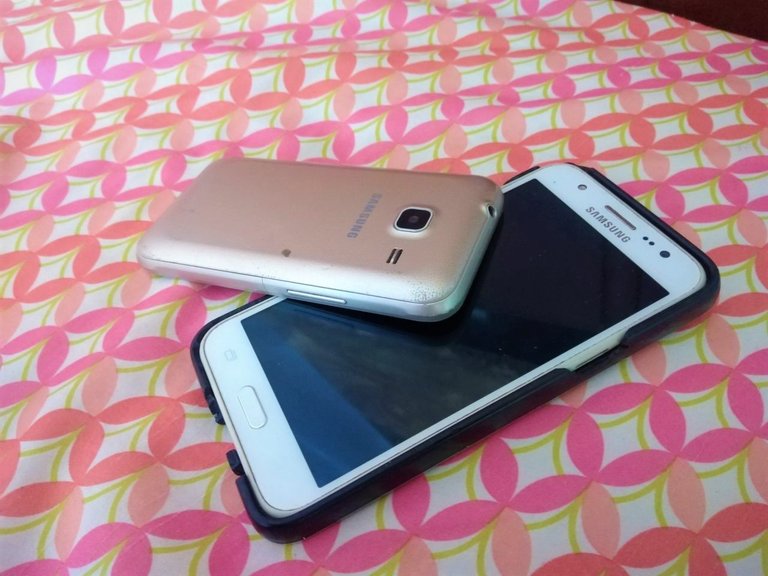Don't upgrade your smartphone every year
OMG freaking Iphones will cost up to 3000 dollars due the Trump tariffs. So what? Maybe if people don’t go crazy to change their phones every years this scenario don’t be so worrying. But why people let them get sucked into the consumism adiction? Let´s explore the reason to why people upgrade their phones every year instead of wainting two or more years.
Yes, I know, everybody do with their money whatever they want but, spoiler alert, majority of users take debt to buy a phone. That’s right, that payment plan of twenty four months is just debt with other name. But don’t get me wrong, that is ok always you don’t go into a permanent payment option.
WTF that means? Well imagine you buy a cellphone with a two years payment plan, but then the next years you trade your phone for the last model and start a new payment plan. This is how you kep yourself pay every month for a phone that never will be yours.
Ok, you will have the latest model of the market but let’s be honest, majority of users don’t need that. For a use that mainly go for social media, watch videos, play music, calls, random pictures and some casual game you don’t need the financial burden. In fact, you don’t need a high end cellphone.
Five reasons why people upgrade their smartphones every year

Having this clare, let’s go for the reasons because people often upgrade their smartphones every year rather than waiting five or more years. These are a combination of technological, social, economic, and psychological factors:
Technological Advancements: the new features that comes with the annual releases often create a perception of obsolescence for older models. That can be true for cellphones older than five years, but in general it is not true for a phone with a less of three years release date. Other motive can be the software updates, because some manufacturers may limit software support, leaving older devices vulnerable to security risks or incompatible with new apps. But again, this could be true with phones with more than five years old, not for youngest models.
In my case I have a Huawei Y7 2019, that lose operating system (OS) support since 2020 and today after five years works perfect. In the future can lose support for some apps (we go deep on this matter in the next point), but the rate cost/duration is just amazing.Planned Obsolescence: the software slowdowns and hardware limitation through updates can intentionally or “unintentionally” reduce performance on older devices (an example is the Apple’s batterygate). In fact, some devices that have a hardware capable of run newest versions of Android system are leave behind. Though there is ways to modernize the OS of these devices, that are process that regular users can’t or don’t want to do.
In the specific case of hardware the companies can use low quallity or capped software to incetivize the degradation. The most common thing is that batteries lose capacity over time, but some components can be designed to slow down or fail to incentivizing upgrades. Other problem is the repairs aspect that I will extend in a latest point of this post.Marketing and Social Influence: the aggressive advertising and media coverage frame new models as “must-haves”, creating a hype culture around the new device that generate a desire for the latest tech and a feeling of FOMO (Fear of Missing Out). Another point of pain is the status symbol that many brands create around their top products. This imply that owning the newest device can give to the customer social status.
Economic Factors: carrier deals as trade-in programs, installment plans, or contract-based upgrades reduce upfront costs. In some cases the manufacturer-led plans normalize yearly replacements making look cheaper the process.
Practical Considerations: the repair costs is artificially elevated by the manufacturers when they sell the components in a so high price that is practically better buy a new device. Many companies keep the monopoly of production of their cellphone parts and software making impossible the use of generic parts. For that reason sell that “original” parts with incredible expensive prices, in this cases making an upgrading seem more economical. This when they not built the phones with a design to make more difficult the reparation.
When you understand that five points is time to get out the calculator to do some basic maths in order to find what is the best option to you.

If you buy an Iphone 12 in 2020 that cost you 799 (plus taxes) USD and if in 2021 you swap your phone for an Iphone 13 you afront this scenarios:
- You pay the Iphone 12 in full now you can do trade-in with Apple (they usually pay the half of the price for the 1 year old Iphone in good shape) so you will pay 400 USD each year for the new Iphone.

- Pay the Iphone 12 in full so you can sell it external for a price between 500 and 650 USD, so you will pay for the new phone around 200 USD yearly.
- You get the payment plan of Apple so you pay 400 USD in 2020, do trade-in for the 13 in 2021 and since then pay 200 USD every year for the new.

- Buy the 12 in 800 USD and keep it for five years, then resell it (now in 2025 cost between 190 and 250 USD) and that will keep your cost under 120 dollars per year(keep it for six years bring down the cost to 105 per year). But even if you don’t sell it your cost will be 160 USD yearly for the device.
This numbers and math go right too with the Iphone 15 and 16 thanks to the (until now) consistency of Apple with base price.
Now, if you do that last option with a cheaper phone you will see the benefits of keep your device for five or plus years if you are a regular user. And yes, I do all this analysis assuming you don’t break the smarthphone.
I am curious about your experience and opinion now. Please tell me in the comments what you believe and what are yours behaviors at the time to change or not your phone.
First image of my own. The rest of pictures are screenshots from Apple website
Posted Using INLEO

Issues of a globalized consumer society in which many people are shipwrecked...
People love the instant gratification, even if that means a future big burden.
!INDEED
Exactly
🙌
Well said
People should learn also to cut their coats accordingly to their sizes
!BBH
Thanks 🙏🙏
That's very costly! Good thing there are android phones that could still do things similar to apple phones.
I don't really see why some people tend to buy the latest versions of the phones and not earning a penny from them. I'm just lucky I got into Hive
Exactly a phone can be a working tool or just and accessory. If is an accessory is not necessary the latest and expensive version.
!BBH
Well if this is so I would love to venture into a business like this as there would be so much to profit from.
Can we keep in touch if you don't mind?
🙌